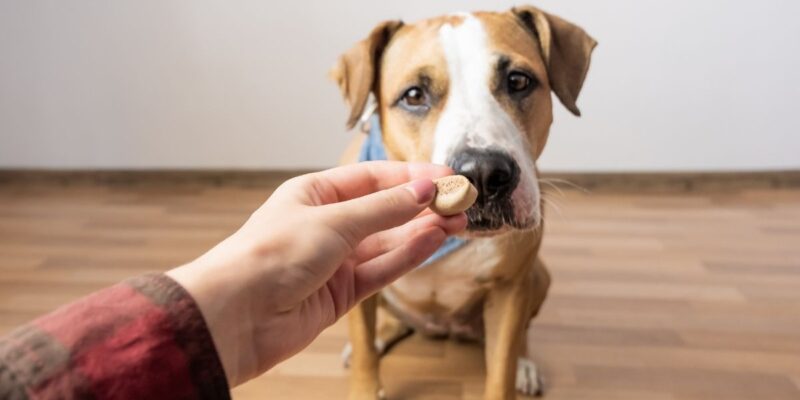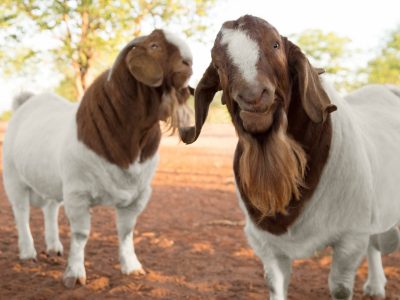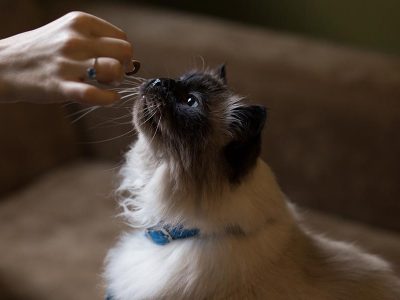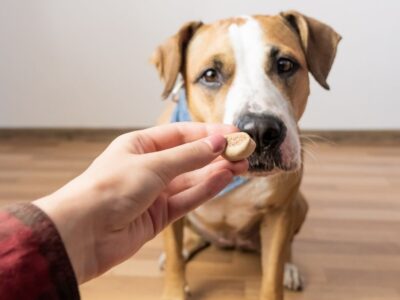What is your training intention, what is your dog breed and age. These are often the starter questions that people have when selling you treats. But it can be a lot more complex than that.
Does your dog have a meat preference? Do they have an allergy to a specific protein? Are additives an allergy issue?
You will also find that different dog training organisation may also have a preference and guidelines. But in this article, you will see the options we suggest from a healthy dog treat supplier, who has many single ingredient options, as well as specific dog training treats.
The point of dog training treats
Dog training has come a long way. Negative reinforcement has given way to positive rewarding of dogs. Dog trainers have realised that not only do you want a dog to do what you tell it, you want it to do it willingly, and because they like you and trust you, as their leader.
The important specs of training treats. I would argue that smell and a far second is taste in rewarding a dog, but clearly once you have selected the type of meat (and it smell to the super sensitive dog’s noses) – that size and texture play a large part of the choice too.
Sure convenience, safety of the treat, convenience of fitting in your bag, and even cost should come into it, but here we are looking specifically at the dimensions and texture of that treat.
Size and shape of training treats, and mouth feel.
People might consider dogs to have a fairly unsophisticated palate. They will cite things like dogs eating anything they can in the park, including poos or garbage. But that eating is as much psychological or the lure of the waste products from the bacteria, even the pungent smell of used meat, as much as they desiring the actual thing they are eating.
So to counter this, Ideally you want the treat to be the healthiest you can provide for training up your pooch, but the treat must be prized above all other things in the park.
It must overcome the distraction of other dogs, of birds, or that tennis ball. We will discuss SMELL in other articles in depth, but for now, size and shape are the priority of this article.
SIZE of dog training treats.
Many people think that this is about portion control. Afraid that too many treats during training will make their dog fat. But the reality is you are going to only give as small treats as possible that still take enough time to chew, for the dog to realise that it has been rewarded.
One of the global best training treats are the animal livers (100% single ingredient). The only reason that people mightn’t use these, is that they feel they are icky, or crumbly or they don’t like having to break them down into the right sizes.
The great thing about livers, even the generic beef liver. Is that it has one of the strongest smells around. AND because it is usually made in flat sheets that are easy to break down into small pieces, you are not feeding your dog a big meal for any specific training session.
Nutritionally they are also great for a protein boost, and often have high Vitamin A content. The only downside would be if you feed them half a packet. That potentially can cause loose stools.
The other reason training treats are given in small amounts, per recall or trick, is that you want that treat to remain the prized possession of the park. If you randomly feed this at home, not even as a reward, or you give in big amounts at the park, many dogs (besides maybe labs and golden retrievers) will downgrade the value of that treat.
Too much of a good thing, means that it’s not too exclusive. The buzz that they got from the first few treats will soon wear off, even if you only give ten treats in a five minute training session, because the tongue still has the taste of that treat on it. They get desensitized, so are less likely to be interested through ‘jumping through hoops’ to get the next treat. It’s a diminishing return!
SHAPE AND HARDNESS of the dog treat.
While the meat used, and the size used is important, shape and hardness of the treat are also a big consideration.
Whatever you choose, you need to make sure that there is a good balance between size and shape of the treat, giving the dog something to think about, and the shape and hardness not being too complex or difficult for them to chew and swallow.
The reason being that many schools of thought suggest that dogs can take 1-2 seconds to mentally process what they are being rewarded for. If you give a dog a small treat that is super easy to eat in one chomp, they will have swallowed it without having to think about whey they got it. If they don’t make the connection, if they don’t get the endorphins to release because the treat has already passed their taste buds, then the value of that treat has been diminished.
At the other end of the dog training treat spectrum is the treat that is too large or hard. If you have a small dog (young or old) or with gum sensitivity or corroded teeth, they might take a lot longer to eat a treat than a few seconds. AND if it causes them pain to eat the dried treat, then pain and a bad experience might be associated with the training, rather than a reward.
Also if a dog takes a long time to eat a training treat (especially in a dog park or in the presence of other dogs) – then its attention might turn to fear or food guarding, that the treat is about to be taken away from it. Again, not a pleasant experience.
CONCLUSIONS
A small or young, older dog, or a dog with weak jaw pressure or sore gums, might prefer a super smelly, small easy to chew dog training treat.
A larger, more powerful dog will get more value out of a larger, harder, perhaps a more complex shape treats (like a cylindrical treat instead of a ball) so that it can slow down chewing to that magical 2 to 3 seconds and several chomp process.













Comments